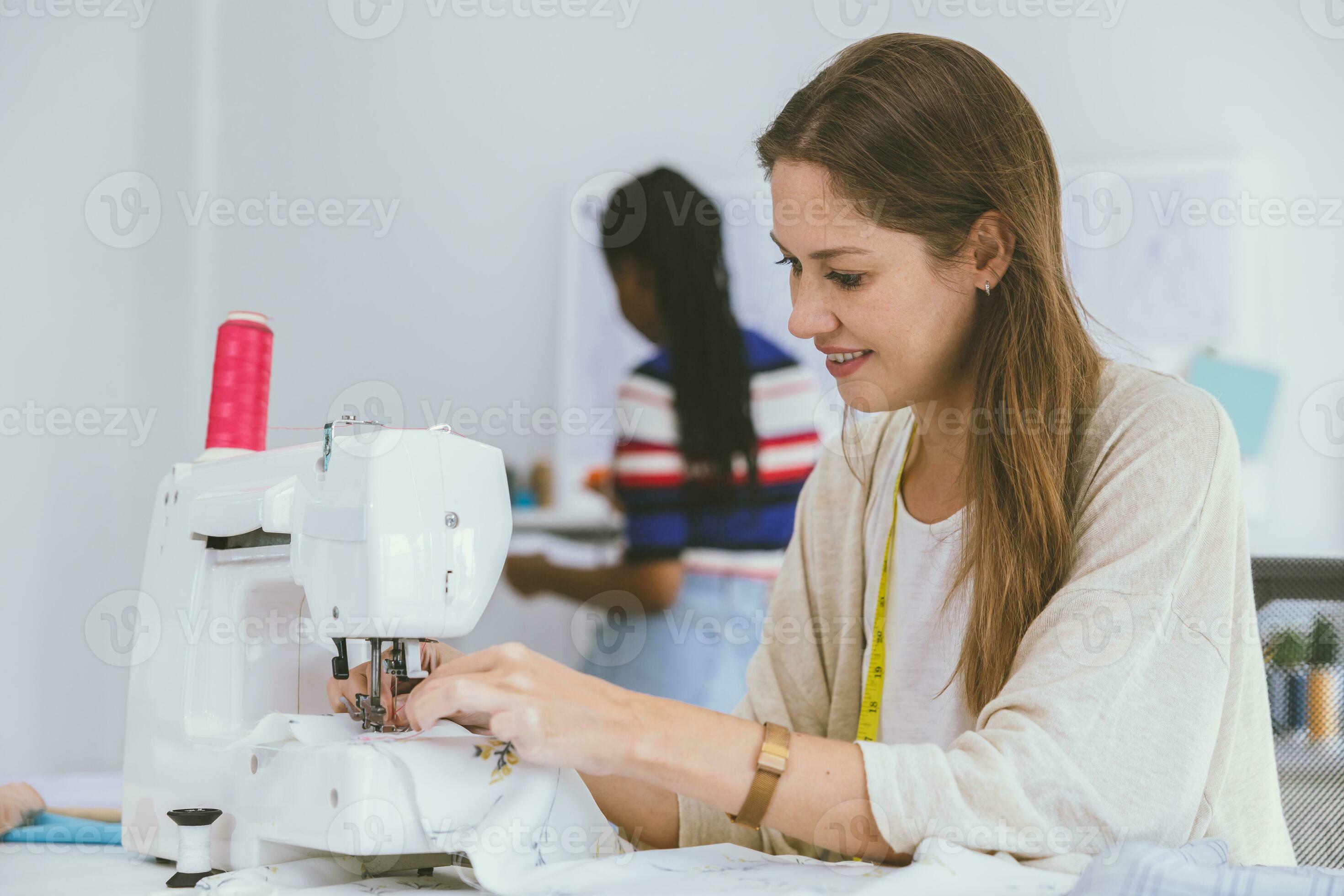Discover the very best Tailor Perth: Premium Tailoring for Distinct Style
Discover the very best Tailor Perth: Premium Tailoring for Distinct Style
Blog Article
Comprehending the Tailoring Process: From Fabric Selection to Last Fitting for the Ideal Closet
The customizing process is a complex interaction of art and scientific research, beginning with the critical decision of textile choice and finishing in the exact modifications of last installations. Each fabric type brings special qualities that affect not only the visual appeal but also the garment's longevity and suitability for different celebrations.
Value of Textile Choice
Choosing the ideal material is essential in the tailoring process, as it directly influences the convenience, toughness, and general visual of the last garment (tailor perth). The option of fabric establishes the structure for the garment's efficiency, design, and functionality. Different materials have distinct buildings, such as weight, stretch, and breathability, which can dramatically impact how the garment drapes and fits the body
Moreover, material choice affects the garment's long life and simplicity of treatment. Top quality materials can withstand wear and tear, preserving their appearance and structure in time, while lower-quality materials may lead to pilling or fading. Additionally, the ideal fabric adds to the garment's capacity to transition throughout events and periods, therefore enhancing adaptability.
A customized piece made from a suitable textile not only showcases workmanship however likewise elevates the user's confidence. Recognizing the subtleties of fabric choice is paramount for any kind of customizing undertaking. It makes sure that the end product not just fulfills the aesthetic needs of the customer yet likewise aligns with practical demands, therefore accomplishing a harmonious equilibrium in between type and feature in the tailored closet.
Kinds Of Fabrics and Their Usages
Comprehending the various sorts of textiles available is important for making informed decisions throughout the customizing process. Each fabric possesses unique qualities that determine its suitability for certain garments and occasions.
Its convenience permits it to be customized into whatever from t-shirts to dresses. Its natural elasticity assists garments keep form over time.
Silk exhibits high-end and is lightweight, making it perfect for eveningwear and fragile shirts; however, it calls for mindful handling because of its fragility. Bed linen, with its textured surface, is a prominent choice for warm environments, offering a crisp and ventilated feeling, yet it wrinkles quickly, which may impact the garment's appearance.
Synthetic materials, such as polyester and nylon, deal toughness and resistance to wrinkles, making them suitable for daily wear and active clothes. Recognizing these fabric types and their residential or commercial properties enables much better decision-making, guaranteeing that each customized item not only fits well however likewise straightens with the desired objective and occasion.
The Tailoring Methods Clarified
The art of tailoring depends on a selection of strategies that change textile right into well-fitted garments. Central to this procedure is pattern drafting, where a tailor develops themes based on the customer's dimensions and preferred style. This first step ensures that the garment will fit the wearer properly before any kind of cutting occurs.
As soon as patterns are developed, cutting techniques enter play. Accuracy is extremely important as errors can bring about misfitting garments. Tailors typically utilize numerous cutting techniques, such as single-layer reducing for intricate designs and multiple-layer cutting for efficiency on basic patterns.
Basting is an additional essential technique, enabling tailors to temporarily stitch material assemble for a preliminary fitting. This technique provides the opportunity to evaluate the drape and overall shape prior to final stitching.
Seaming techniques, consisting of french joints and flat-felled joints, enhance the garment's resilience and visual appeal. Tailors also use strategies such as interfacing and cushioning to supply framework and form to certain locations, like shoulders and collars.
Finally, finishing methods, including hemming and side completing, make sure the garment's long life while offering a sleek appearance. With each other, these methods form the foundation of effective customizing, read the article causing splendid, custom-fit garments.
Suitable Adjustments and Factors To Consider

Trick factors to consider include the shoulder fit, which should neither droop nor limit movement, and the sleeve length, which must permit comfy arm movement while maintaining a polished appearance. Additionally, modifications at the waist can fine-tune the silhouette, with choices to let out or take in fabric as needed.
The surge of pants is another crucial element; it must rest easily over the hips without creating pain, enabling convenience of movement. Hemming sizes for both pants and skirts should reflect the wearer's recommended design while appreciating proportions.

Keeping Your Tailored Clothes
Correct upkeep of tailored garments is necessary to preserving their fit and appearance gradually. To make certain long life, normal cleansing is extremely important. Always adhere to the treatment label guidelines, which might suggest completely dry cleansing for fragile materials or equipment cleaning for more durable materials. Stay clear of constant laundering, as this can wear down the material and change the garment's form.
Storage is equally important; usage cushioned hangers for jackets and coats to preserve shoulder framework, and store trousers folded their explanation up neatly or hung to avoid creasing. Protect garments from direct sunlight, which can fade colors and damages fibers.
In addition, regular inspections for minor repairs can stop bigger problems. Examine for loose switches, tearing joints, or indicators of moth damages, addressing these troubles quickly to preserve the garment's stability.
Lastly, think about seasonal turning. Using tailored pieces in moderation allows textiles to recuperate, extending their lifespan. By applying these upkeep methods, you can guarantee that your tailored garments remain as immaculate as the day you first used them, improving your excellent wardrobe for several years ahead.
Verdict
The customizing process, incorporating textile selection, competent strategies, and exact suitable adjustments, plays an important duty in producing garments that boost both convenience and style. Each stage contributes to the general effectiveness of the end product, the original source making sure that garments not only fits well however additionally reflects specific identity. Additionally, recognizing the value of upkeep prolongs the life of tailored garments, solidifying their value in a well-curated closet. A comprehensive method to tailoring culminates in a sleek and positive look.
Selecting the ideal textile is essential in the customizing procedure, as it directly influences the comfort, sturdiness, and total aesthetic of the final garment. The choice of fabric sets the structure for the garment's functionality, efficiency, and style. Different fabrics possess unique properties, such as breathability, weight, and stretch, which can significantly impact just how the garment drapes and fits the body.
The art of tailoring relies on a selection of strategies that transform fabric into well-fitted garments.The customizing procedure, including textile selection, skilled techniques, and specific fitting modifications, plays a crucial duty in producing garments that improve both comfort and design.
Report this page